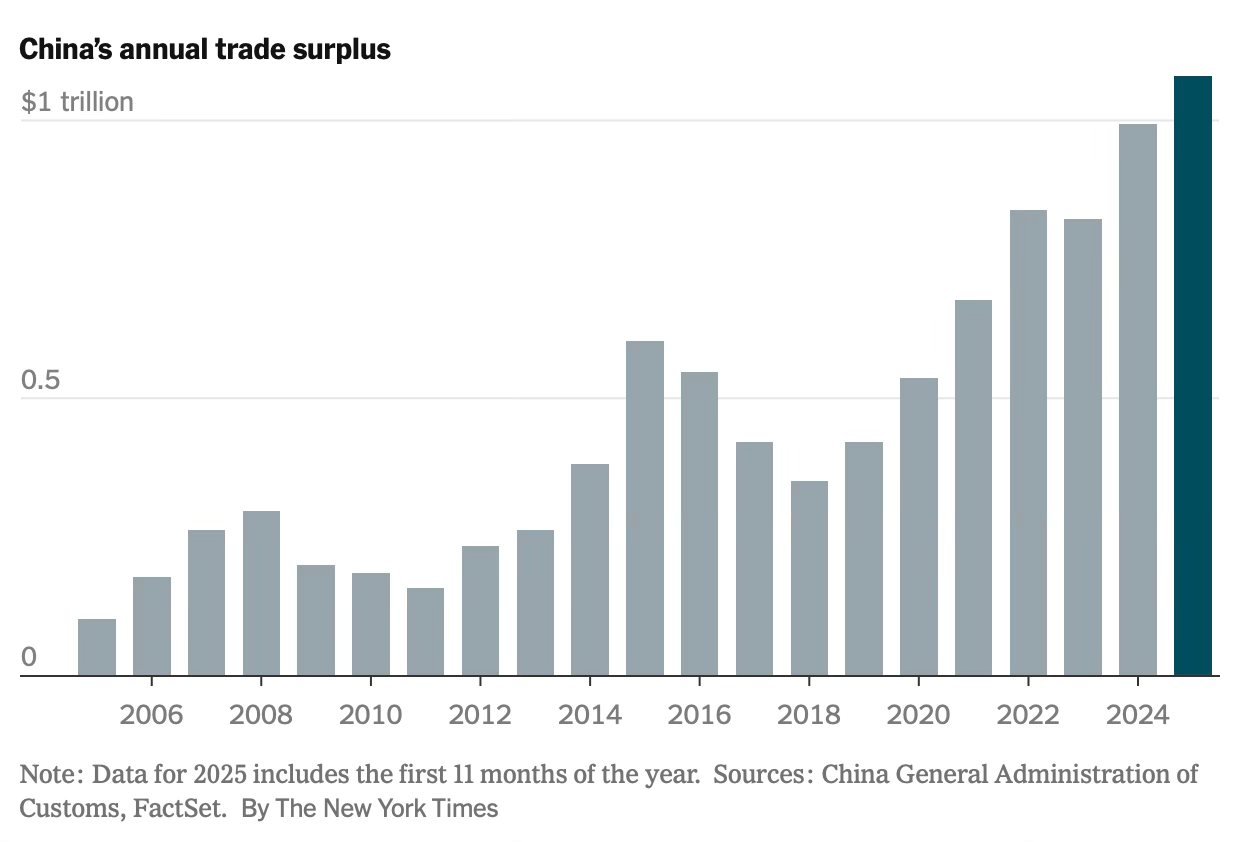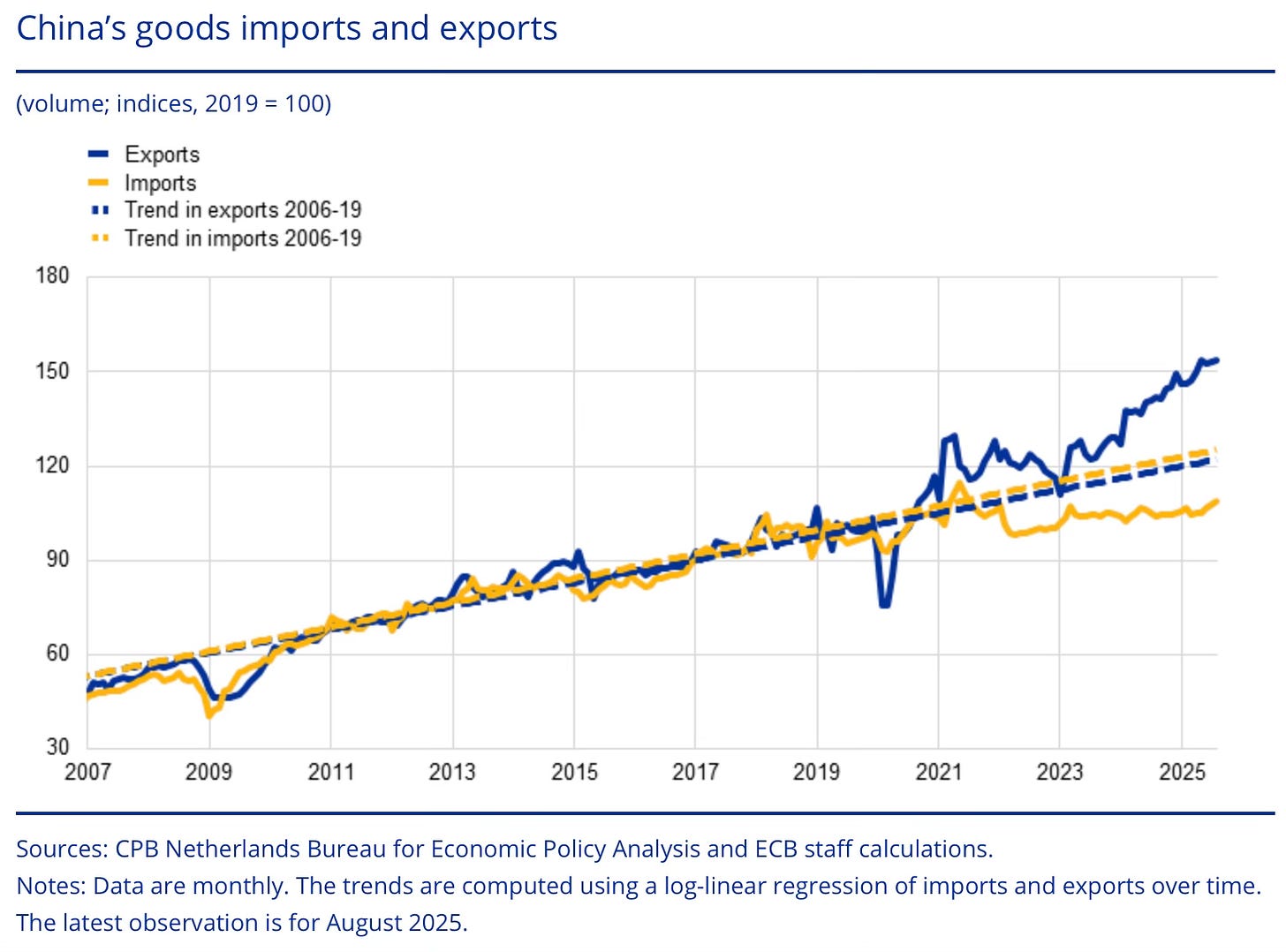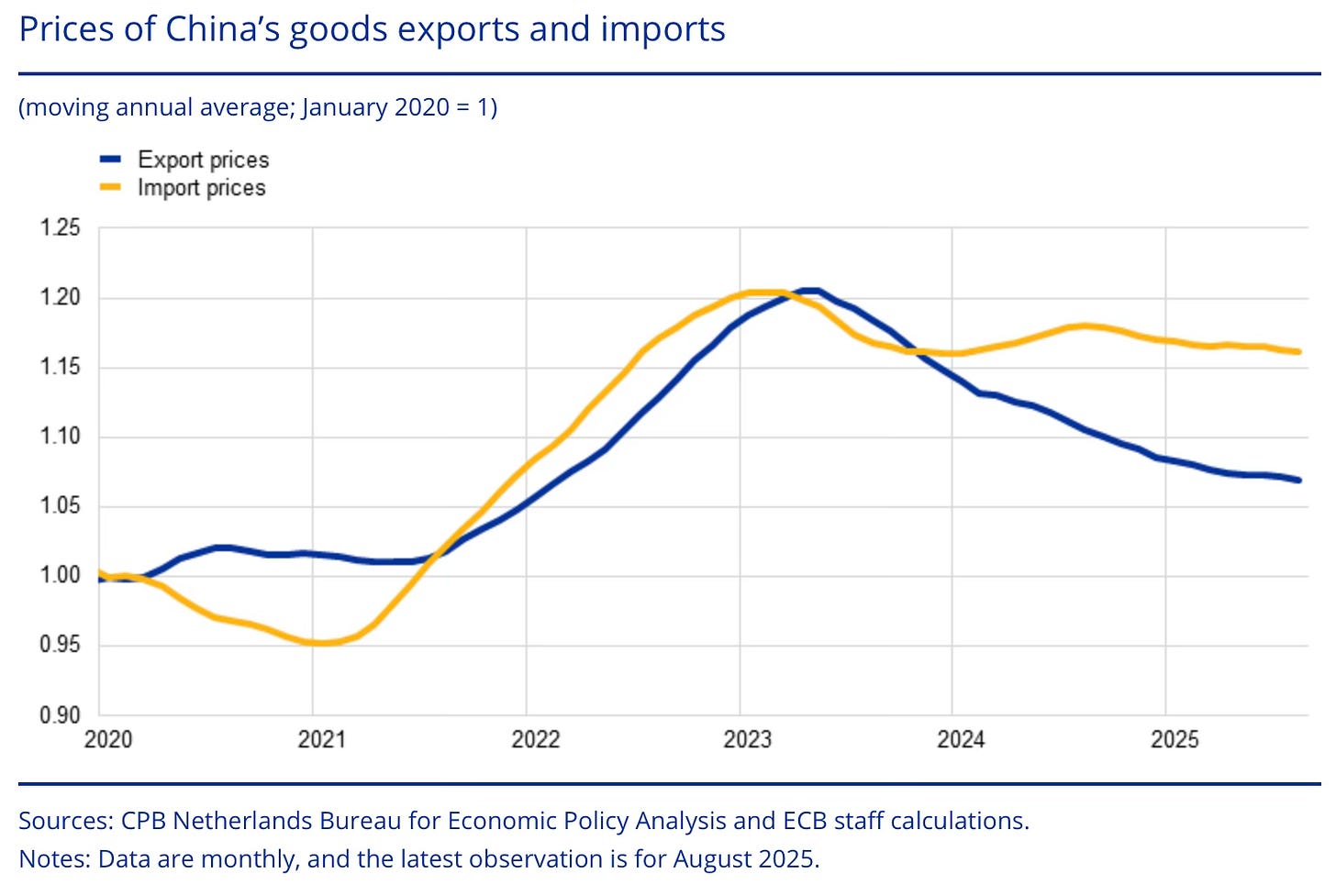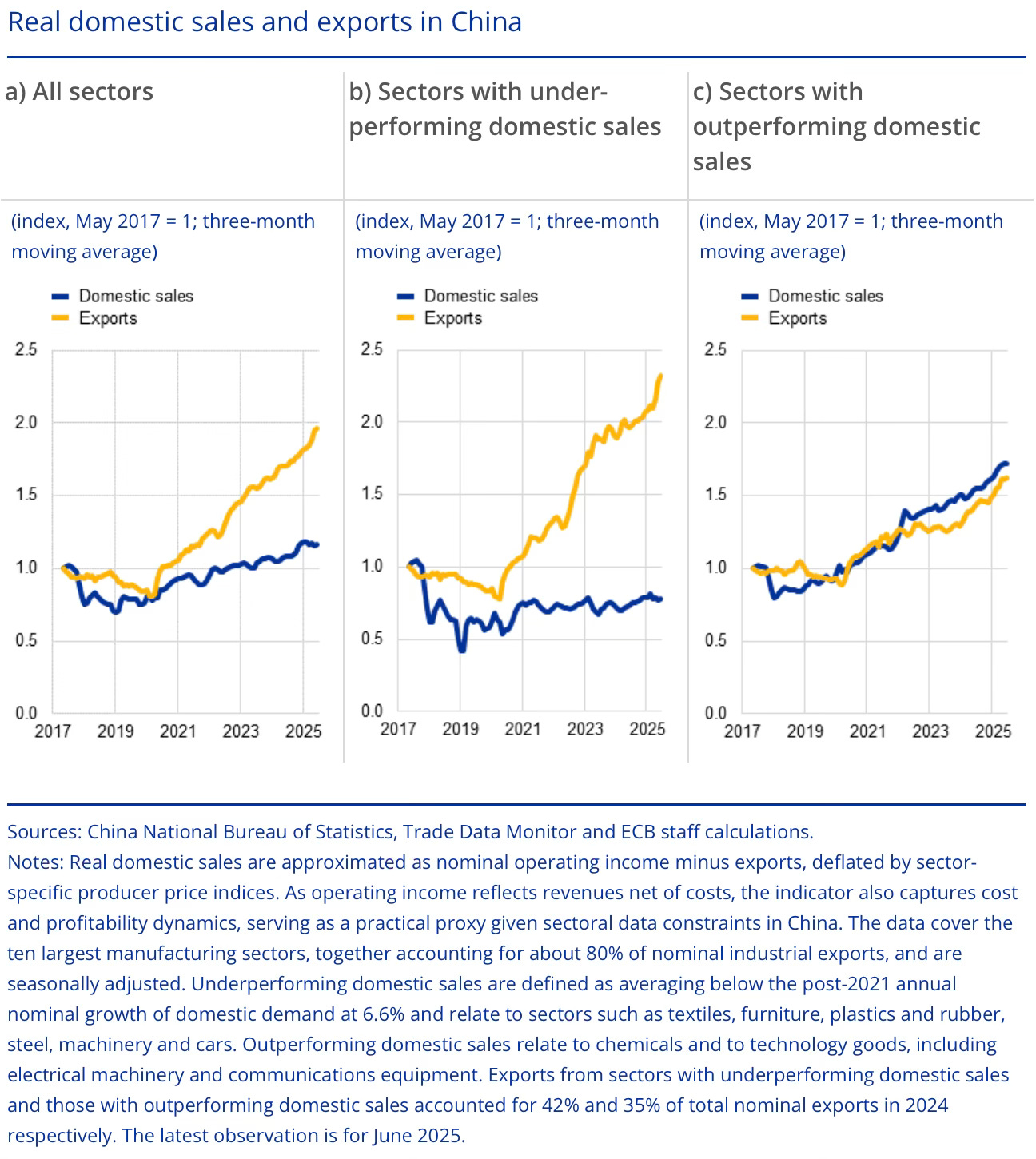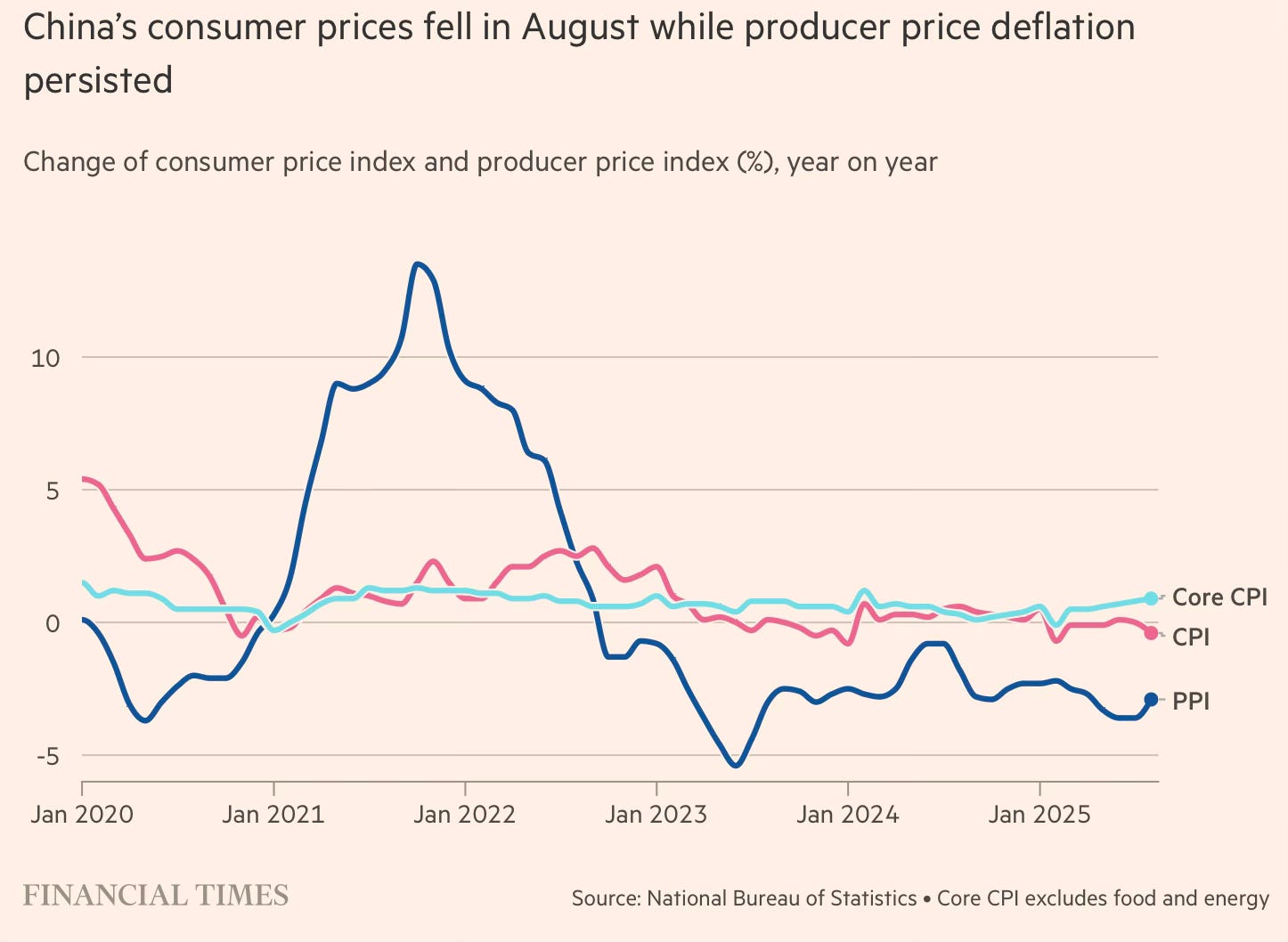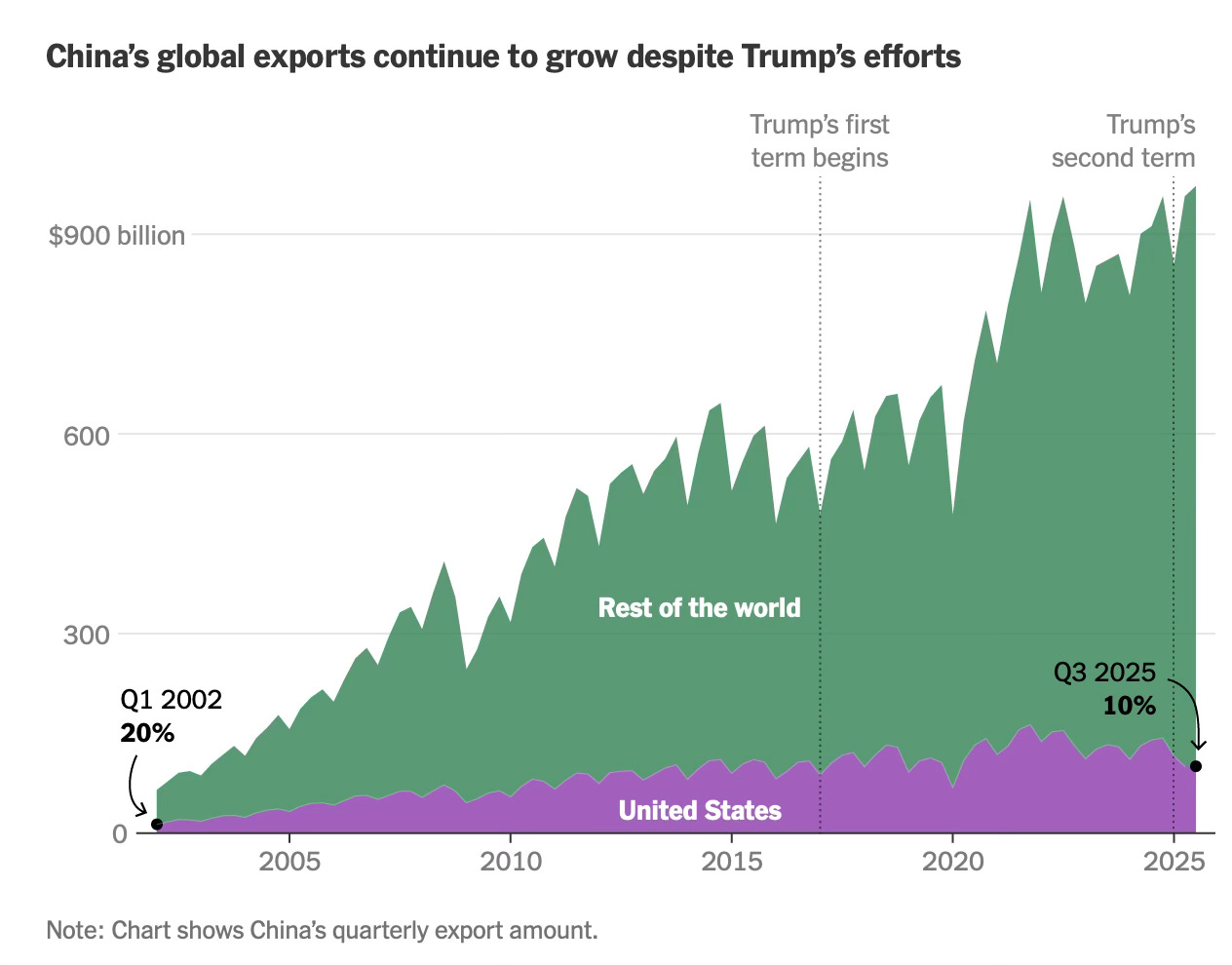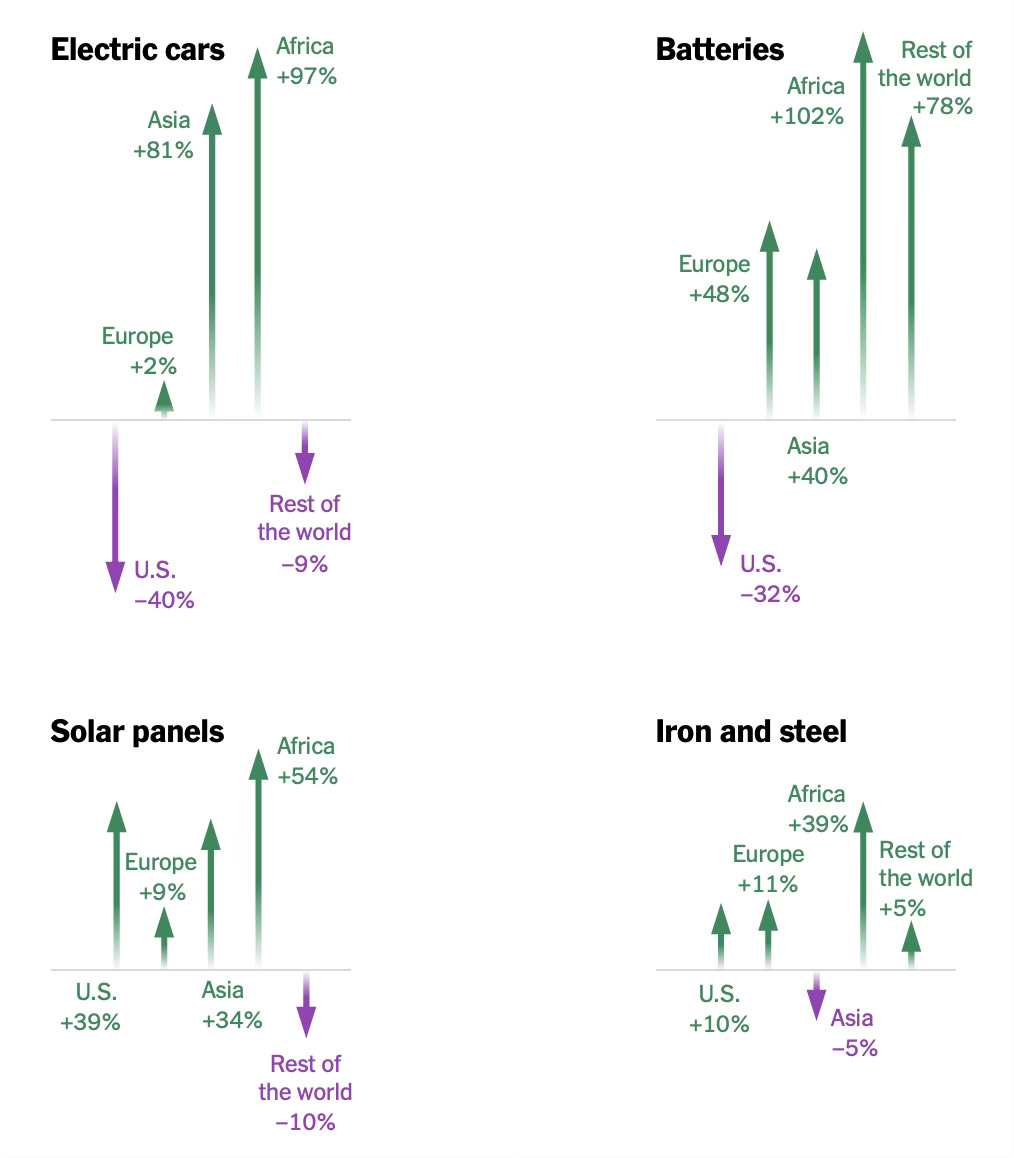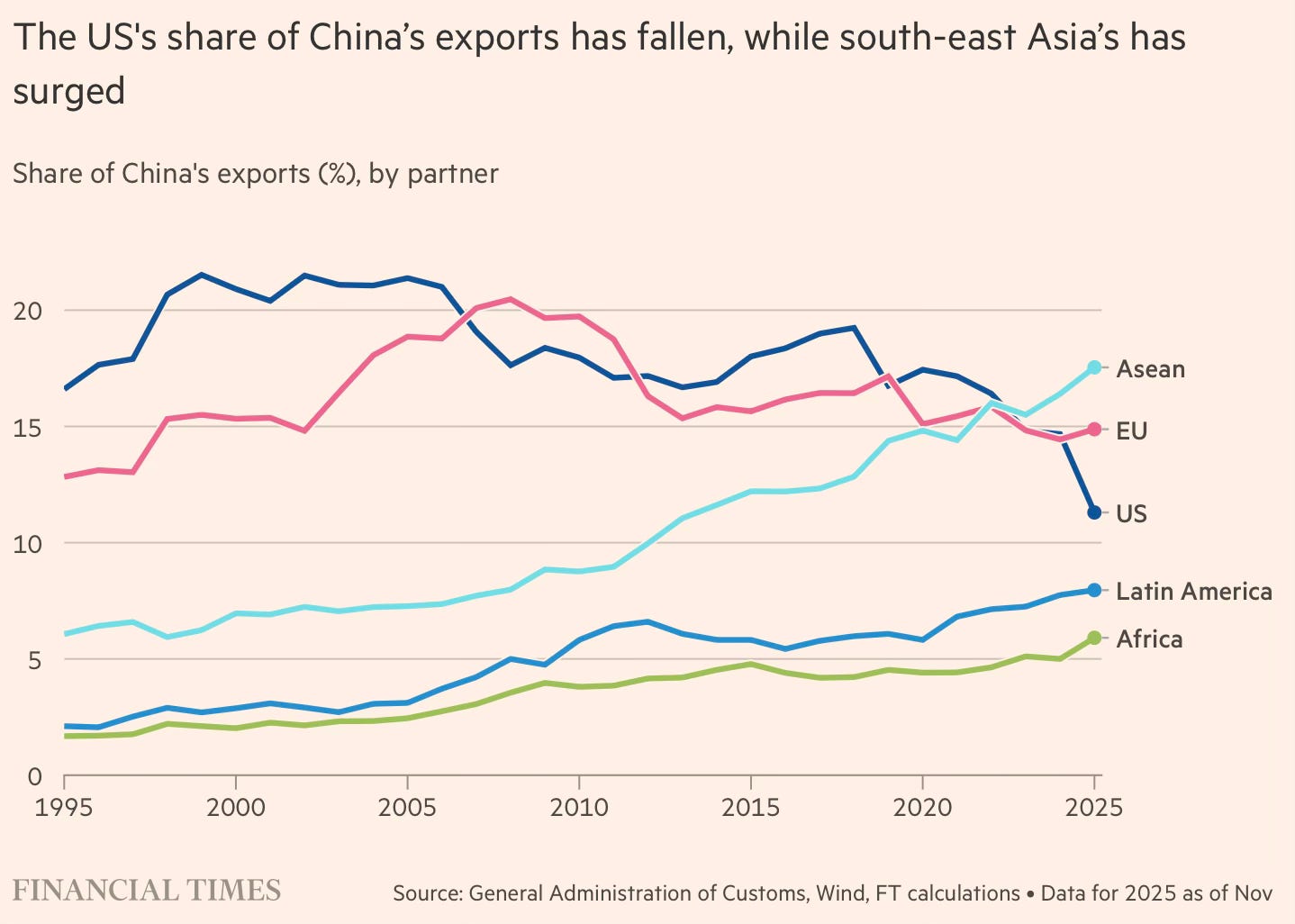SpaceX is hoping to be valued at $800bn in its latest private share sale, while Anthropic is targeting $350bn. OpenAI’s most recent share sale was at $500bn. Given that anyone investing now would be hoping for another big lift before IPO day, the eventual numbers, if all goes to plan, would be much larger still. Any one of these would put the previous record for a tech IPO — the valuation of more than $230bn Alibaba achieved in its 2014 debut — in the shade.
2. Barring Tesla, at PE multiples of 20-30, the stocks leading the AI bubble do not look comparable to their peers in earlier bubbles.
Arguably the most evolved experiment in alternative governance is Próspera, a gated private community on a Honduran island run by a Delaware-based company, where close to 1,000 residents can enjoy co-working spaces, a beach resort and a golf course. As a for-profit semi-autonomous zone, Próspera has low taxes, its own labour rules and an arbitration system run by retired Arizona judges who hear its cases online. Bitcoin is one of the currencies of choice. Its founder, Venezuelan-born wealth fund manager Erick Brimen, describes his work as “an evolved way to drive socio-economic development” through public-private partnerships... Próspera’s hands-off approach to medical regulation has made it a mecca for people seeking experimental treatments as the field of longevity — or trying to live forever — becomes more popular in Silicon Valley circles...Critics argue that the special economic zones legislation that allowed for Próspera to be established was championed by a corrupt former government whose leader, Juan Orlando Hernández Alvarado, has just been released from prison, where he was serving a sentence for narco-trafficking and weapons crimes, following a pardon from Trump. The government at time of writing (an election took place on November 30) since tried to repeal its charter on the grounds that, as ruled by the country’s supreme court, self-governing special economic zones are unconstitutional. Próspera is now suing the government for $11bn — just under a third of the country’s GDP — for lost future profits, through an international arbitration process... Cornell University historian Raymond Craib, author of Adventure Capitalism: A History of Libertarian Exit, from the Era of Decolonization to the Digital Age, says it offers a warning to elected politicians about the dangers of carving out semi-autonomous zones: “Precisely what Próspera is doing [suing Honduras] is precisely the argument governments are going to make about why you should not be editing your constitution to allow for this.”
4. John Burn-Murdoch has a great post arguing that the rising cost of services in developed economies may not mean that household consumption expenditures and living standards are declining.
Add together the increased portion of incomes accounted for by healthcare (up by 3 percentage points over recent decades), childcare (up 2 points), housing (up 4 points) and food (up 1 point in recent years), and total spending on these unavoidable costs has climbed from just over a third of middle class disposable income to half of the total. But this squeeze from essentials has not led to an increase in the share of income American households spend in total across all categories, which is broadly in line with the historical average — even slightly down on where it was when all of these things were cheaper in real terms. This has been made possible primarily by dramatic falls in the price of clothes, electronics, household appliances and other mass-produced tradeable goods, which have more than offset the rise in essential services...
Rather than the increasing burden of essential costs suggesting living standards are being eroded, if we take a step back, it’s an indication that people across society are becoming more prosperous... William Baumol’s 1967 famous observation, as countries develop economically, the same productivity growth that drives down the cost of tradeable goods causes the cost of in-person services to balloon. Wages in sectors like healthcare and education that require intensive face-to-face labour, and have slow (if any) productivity growth, are forced upwards in order to attract workers who would otherwise opt for high-paying work in more productive sectors. The result is that even if people keep consuming the exact same basket of goods and services, as living standards in their country increase they will find more and more of their spending is going on essential services.
A 75km elevated metro network could cost ₹15,000 crore. But a water metro of the same length would cost roughly ₹1,500 crore... Rail metros require continuous elevated corridors, viaducts, stations, land acquisition and traffic diversions through dense urban areas. Water metros, by contrast, rely on existing waterways, building only terminals, pontoons, control systems and a fleet of electric boats.
On Kochi metro
In Kochi, the water metro is priced to encourage regular use, with single-journey fares typically between ₹20 and ₹40 depending on distance, and monthly passes at ₹600. What makes it especially convenient is that passengers can use the same Kochi1 smart card, issued by KMRL, to access both boats and trains seamlessly... Kochi needs 53 water metro boats for its complete network but currently has only 20 operational vessels. Manufacturing electric-hybrid boats is a specialized, time-consuming process with limited global suppliers... With only 20 boats operating across six of the planned 15 routes, demand is concentrated on tourist-facing corridors... More than 80% of commuters are tourists... The shortfall in boats, and the resulting partial network, means many daily-use routes for local residents are still not operational.
Mumbai is seeking to emulate Kochi to develop a water metro system.
Amchi Mumbai Water Metro, covering nearly 200 nautical miles with more than 30 routes, represents a very different ambition. The planned routes are along the city’s western waterfront and eastern creeks, linking places such as Versova, Bandra, Wadala, Vashi, Airoli, Kalyan and even the upcoming Navi Mumbai airport.
The recent listings of Pony.ai and WeRide in Hong Kong... shares in both have fallen since their November debuts, even as they pledged to use the funds towards scaling their fleets and advancing Level 4 autonomous driving — technology capable of operating without human monitoring or intervention... That is surprising given the businesses are already showing signs of viability. They have deployed more than 2,000 autonomous vehicles across 10 cities in China and have recorded millions of paid user rides. Many cities now allow fully driverless service. One explanation is that for Chinese investors, autonomous driving is still seen as a more costly hardware race than a software breakthrough.
7. Ed Luce sums up Trump's engagement with China.
On the grounds of never interrupting your enemy while he is making a mistake, Xi Jinping is 2025’s winner. The year’s hinge moment was Donald Trump’s cave-in to Xi in South Korea in late October. Trump’s trade war climbdown marked a new epoch. After mulling decoupling for years, talk of US-China divorce was suspended. Even so-called de-risking is now in question. Trump awarded their meeting a 12 out of 10. China took 10 of those points. Xi has profited simply by waiting for strategic gifts to come his way. Rarely has the inverted motto, “don’t just do something, stand there,” been more apt. Last week, Trump added to Xi’s windfall by approving Nvidia’s sale of H200 chips, albeit with a 25 per cent export tariff... Trump just handed China his biggest freebie so far. Advanced semiconductors are the one key area where China is still lagging behind the US. Trump is helping to close that gap.
8. Very good article by Ananth Narayan on India's currency management challenge.
From FY2017-18 to FY2021-22, average annualised daily volatility was 5.5 per cent, close to the 6 per cent annualised daily volatility of the DXY index (which tracks the US dollar against a basket of six major currencies). During this period, net investment capital flows into India averaged 1.7 per cent of GDP. In contrast, between FY2022-23 and FY2024-25, annualised USD/INR volatility dropped to 3.3 per cent, even as DXY volatility rose to 7.4 per cent. USD/INR became significantly less volatile than other major currency pairs. Media reports attributed this to active RBI intervention that prevented INR depreciation, while dousing volatility. Notably, capital flows dropped to 0.6 per cent of GDP during this three-year period, pointing to the possible impact and constraint of the trilemma.
9. French President Emmanuel Macron makes the clearest signal towards a nuanced trade and financial market protectionism.
We should not be ashamed of a “European preference” as long as it means supporting strategic production — in automotive, energy, healthcare and tech — within our own borders. Protection against unfair competition is the foundation of resilience. We must not be naive: a credible protection strategy requires that we have the means to defend ourselves against those who break the rules. That is why we have a range of trade protection tools, including tariffs and anti-coercion measures. No one should be in any doubt about our willingness to use them. Second, in order to finance the investment we need, Europe must leverage its pool of around €30tn in savings. Each year €300bn is invested abroad. It is time we Europeans took the risk of investing in our own companies. Regulation simplification, securitisation and unified supervision will free much needed capital. Implementing the Savings and Investments Union will ensure European savings circulate freely to finance innovation and growth. Europe should also seek to reinforce the international role of the euro through the development of euro stablecoins and the introduction of a digital euro, as well as the creation of safe and liquid assets to finance defence and technologies.
He also invites Chinese investments into Europe but at certain terms.
China has long benefited from European FDI and co-operation, including on technology. The EU has invested close to €240bn in China while China has invested less than €65bn in the EU. Today, it leads in energy transition and clean mobility technologies, while Europe continues to lead in many service sectors. An optimal framework for our two regions is a co-operative one. The EU must stay open for China to invest in the sectors where it is a leader, provided the Chinese help generate employment and innovation and share technology.
This is a clear direction for engagement between Europe and China.
During my last trip to China, I made it clear that either we rebalance economic relations co-operatively — engaging China, the US and the EU in a genuine partnership — or Europe will have no choice but to adopt more protectionist measures. I much prefer co-operation, but will argue for using the latter if need be.
10. India FDI facts
Our assessment shows that the average risk-adjusted return on FDI investment in India remains quite attractive. We have estimated returns on inward FDI as the ratio of FDI equity income receipts to the total inward FDI stock, with a time lag (inspired by OECD and Eurostat methodologies). The risk-adjusted return has been calculated as the ratio of the 10-year average return to its standard deviation. Our assessment indicates that the average risk-adjusted return on FDI investment in India over the past 10 years is around 7.3 per cent, ranking second only to Indonesia (10.6 per cent). The risk-adjusted returns for other emerging economies are 6.6 per cent for Mexico, 4.5 per cent for South Africa, and 4.3 per cent for the Philippines, according to our assessment.
11. Good story in The Ken about how southern states are embracing a decentralised model of promoting ICT investments.
Among the anchor cities in the four states, Visakhapatnam has a major competitive advantage.Global companies are seeking private equity partners in China to take on their local operations as they grapple with an increasingly competitive local market, a sluggish economy and volatile US-China relations. The owners of sports retailer Decathlon, ice cream brand Häagen-Dazs, coffee houses Peet’s and Costa, convenience store operator Lawson and GE HealthCare are all weighing options for their China operations, including selling parts or all of their businesses, said people familiar with their thinking. The rush to rethink China comes amid whiplashing relations with the US, the slowing of the world’s second-largest economy and the rise of fast-moving and better-adapted local rivals across a swath of industries.
13. Ruchir Sharma points to a deadly combination of over-valuation, over-ownership, over-investment, and over-leverage threatening the US economy.
Households hold a record 52 per cent of their wealth in stocks, which is higher than the peak in 2000 and far above levels in the EU (30 per cent), Japan (20 per cent) and the UK (15 per cent). A closely related signal is overtrading. Over the past five years, the number of shares traded each day in the US has risen by 60 per cent to around 18bn. The retail share of short-dated stock options has grown from a third to more than half... Counting just the Magnificent Seven, AI spending has more than doubled since 2023 to $380bn this year and is on track to exceed $660bn by 2030. The potential returns are far from clear... the Magnificent Seven are not the cash machines they were even a year ago. Amazon, Meta and Microsoft are now net debtors, up from one in 2023. Their profits continue to rise but with so much flowing into AI, only Google and Nvidia still generate piles of cash.














